My studies in Italian wine have taken a turn for the serious and the in-depth, something that I wasn’t thinking would happen. This is because working my way through the many rather generic, and frankly pedestrian, classes available on Italian wine is not helpful in developing a love, or even just an interest, in Italian wine. I won’t go as far as to say the classes I took were a complete waste of time (though they were), but clearly, learning Italian wine from someone who hasn’t even visited over half the regions of the country the wines of which he/she is telling students about is a joke (but the joke’s on us, the students). Even worse is tasting industrially-made wines that sponsor the course, for such boring, insipid and often overly-bitter, tannic, fruit-challenged wines is neither the best way by which to go learning about Italian wine (or any country’s wines) nor the way to fall in love with them. Honestly, one taste of some truly horrible Valpolicella or Montepulciano d’Abruzzo wines offered in such courses and it’s no wonder people turn to drinking Burgundy, Australia and Chile, for example.
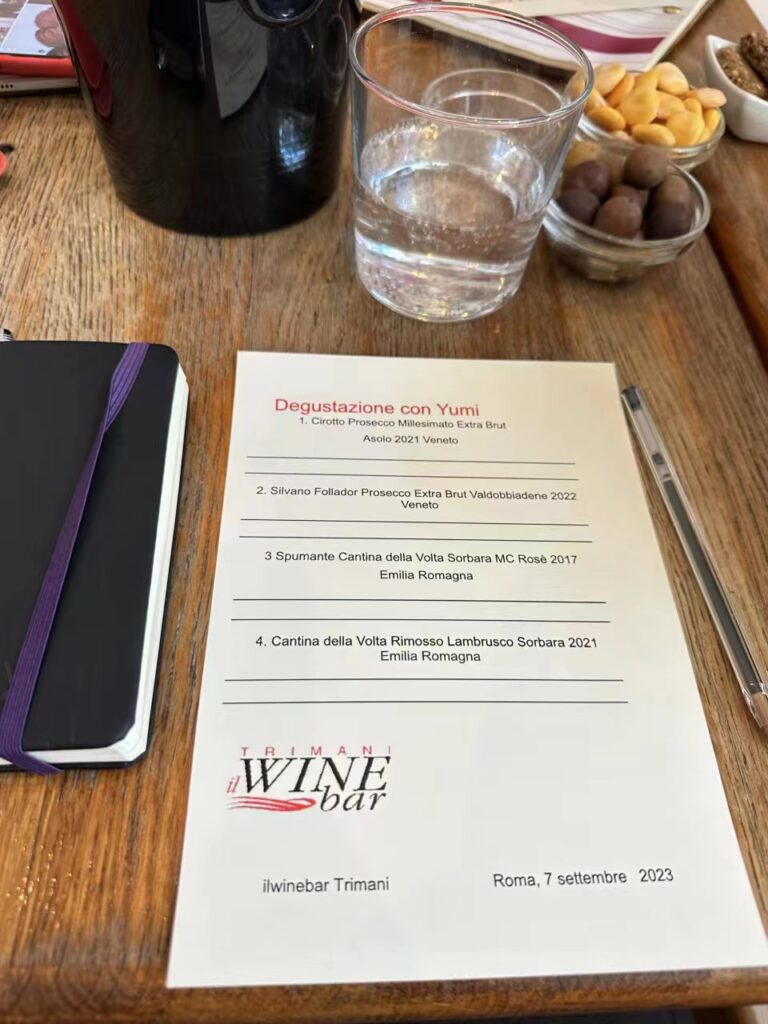
My admittedly jaded outlook on Italian wine, my life even, changed completely when I signed up for an intermediate level course on Italian wines taught by Ian D’Agata, that readers know is for most wine lovers and professionals everywhere the biggest expert on Italian wines. At first I was left shell-shocked, because the degree of information and of knowledge that I was confronted with at even an only intermediate level course was enough to leave my head spinning; but at the same time, it was an experience that cemented my interest in, and my love for, Italian wines. Suffice it to say that I immediately signed up for D’Agata’s Advanced level course too and have since followed many of his masterclasses too. My next step was however to look for a course taught by another reputable wine expert so as to hear another side of the story or to just simply fill in all the holes my educational training on the subject inevitably still has. Having travelled to Rome already once this year (back in January), it only seemed logical to look into this upon my next visit there, which happened to be just this last August. And so enter the very likeable and very knowledgeable Carla Trimani of the Trimani family, one of the most important names in wine of Rome.
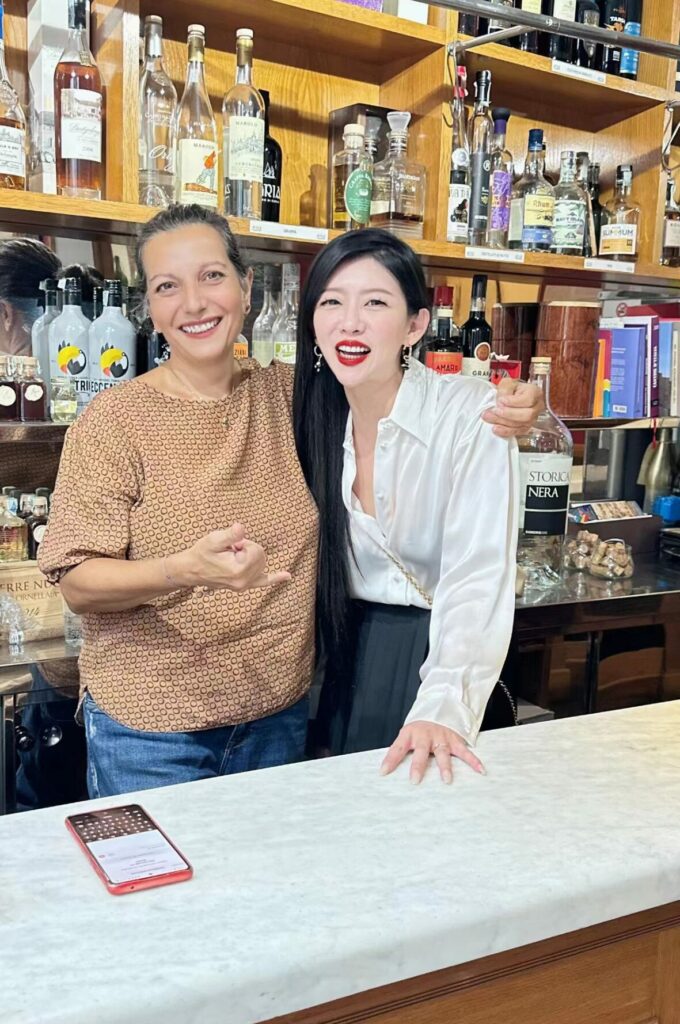
The Trimani family was one of the city’s first to be involved in wine sales, with a documented history going back hundreds of years (to 1821 at least). Still today, the family runs a wine bar and two different wine shops (for example, just around the corner from their Wine Bar, is located the Enoteca Trimani, Rome’s oldest and arguably best wine shop). You can read a detailed description and the history of the family and its Trimani Wine Bar on the TerroirSense Wine Review, as a piece was just published a few months in the “Restaurant & Wine” section.
I had heard about wine tasting classes offered for groups at the Trimani Wine Bar taught by Carla, but I felt that they were mainly for beginners. And so I asked Carla, one of the four Trimani siblings (Carla and brothers Francesco and Paolo are directly involved in running the wine bar and the two wine shops, Enoteca Trimani and the Enoteca Buccone of their cousins; brother Giovanni is in charge of the graphics for the shops) if she might be interested in giving me private lessons. Carla not only agreed, but she was enthusiastic about it, and very serious too. First, she sat me down and asked me about my needs: why did I want to take a wine course with her and what were my goals and expectations? Actually, these were very simple: mostly, to learn about some of Italy’s rarer grape varieties I did not yet have much experience with (including those of little out of the way rare regions nobody ever gets to but also those wines made by rare and/or innovative winemaking techniques). Wanting to take this one step further, to also learn about the characteristics of the varieties in relation to the specific terroirs of their denominations, their vinification techniques, and the local regulatory requirements in order to make such wines. And something else too: I asked for the course to be in Italian, not English (or Chinese, which Carla doesn’t speak): I wanted her to use Italian as my teaching language. My previous background in wine learning was following courses in Chinese and English, but Italian wines are so diverse and complex that I felt it would be m more relevant to learn about them directly in Italian. The added bonus being that I would also improve my Italian speaking skills and learn the wine terminology used in Italian by which to describe wine.
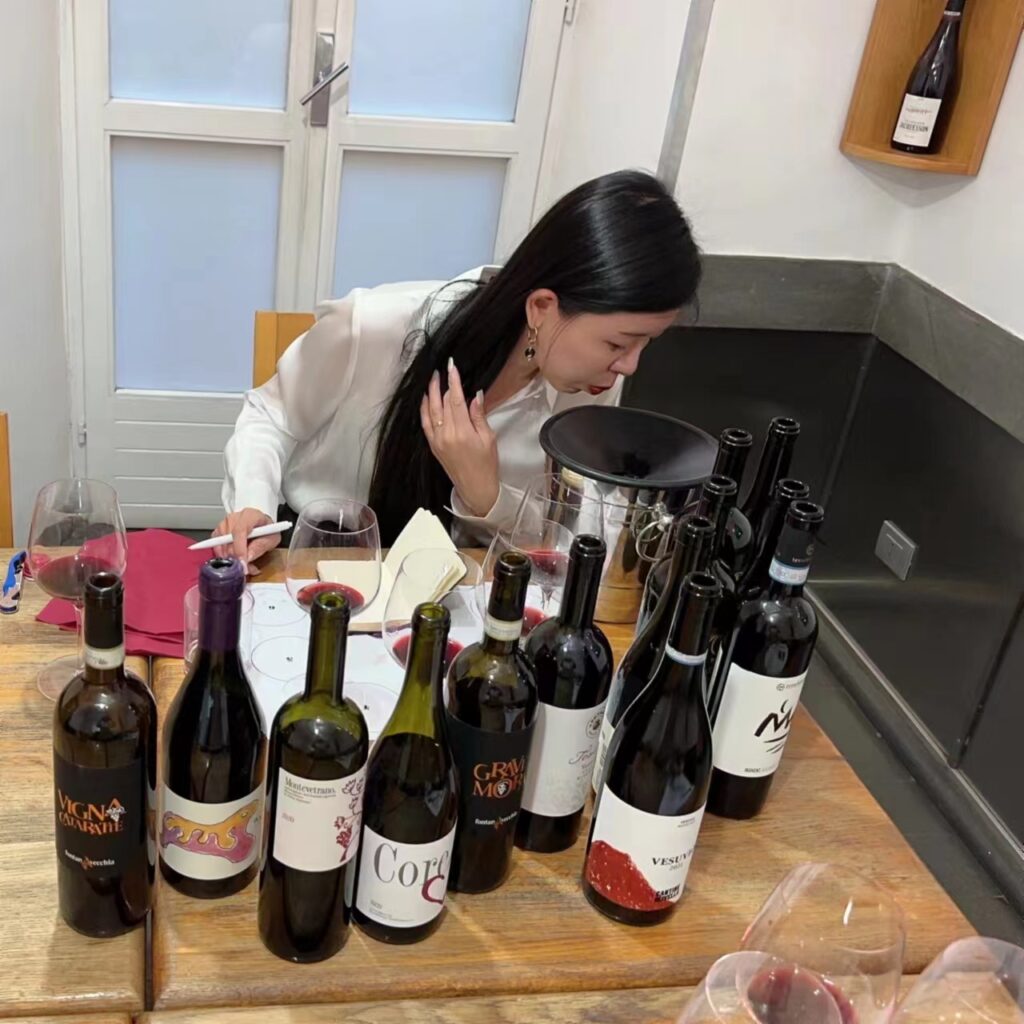
I signed up for five two-hour lessons on five different days, and I must say I had a marvellous time. Carla Trimani is passionate, dedicated and funny. Spend a little time with her, and you realize she’s just a nice person, one that I like and got along with very well. She picked some really exciting wines, about 95% of which I had never had though I had heard or read about most if not all of them. The wines were sourced by theme, such that one lesson would be devoted to Italy’s best bubblies or the little-known red wine grapes of Liguria. And as Carla knew I’m a big Timorasso fan, she made sure to include a lesson on Piedmontese wines that are not Barolo and Barbaresco; she did the same with sparkling wines, acknowledging my love for well-made Prosecco and Franciacorta wines. At the end of the day (I mean the course), I not only learned a lot, but had a tremendous amount of fun. A few times I even stayed after my lesson to eat at the Trimani Wine Bar, which featurers an amazing wine list and very solidly cooked food based on highly traditional recipes that is both hearty and satisfying. I can’t recommend enough dishes such as their uovo condito, the gazpacho, and what is probably the best beef tartare in Rome. But mostly, I would like to thank Carla for the valuable knowledge I gained in these five classes.
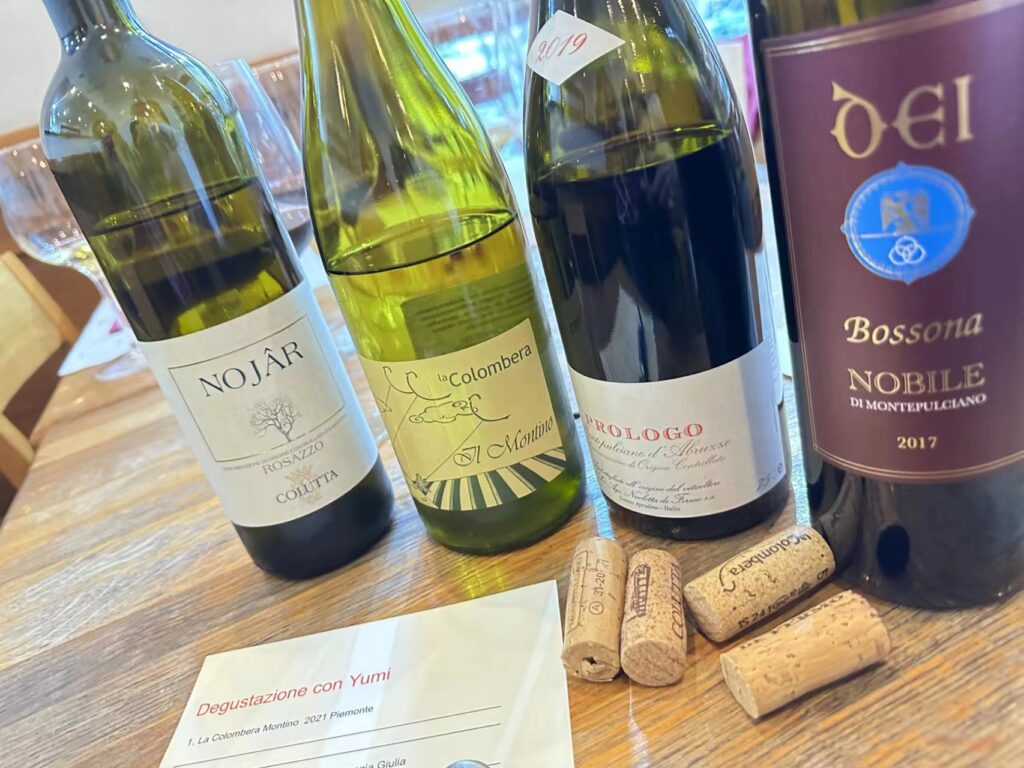
The wines in this tasting
I chose to describe my five favourite wines that I tasted during my private lessons, but truth is there were many other wines I could have also included. But let’s just say these were the ones that hit home hardest.
Bruna 2021 Pigato U BACCAN Bianco Riviera Liguria Di Ponente 94
Deep medium straw yellow with some gold. Delicate aromas of orange blossom and lime, with savoury flavours of elderflower, honey and orange peel evident right from the first sip. An obvious mineral edge adds complexity to the long suave finish, encouraging salivation, a very pleasurable experience. Very food-friendly wine boasting beautiful acid/sugar/flavour balance. 100% Pigato grown in the western part of Liguria, a grape that is best thought of as a biotype of Vermentino that has adapted over the centuries to the western (ponente) side of Liguria. Though you will read on many websites and in books that Vermentino and Pigato are identical, that’s neither logical nor accurate, given that the two grapes look very different and the wines taste also very different. Drinking Window: 2021-2031.
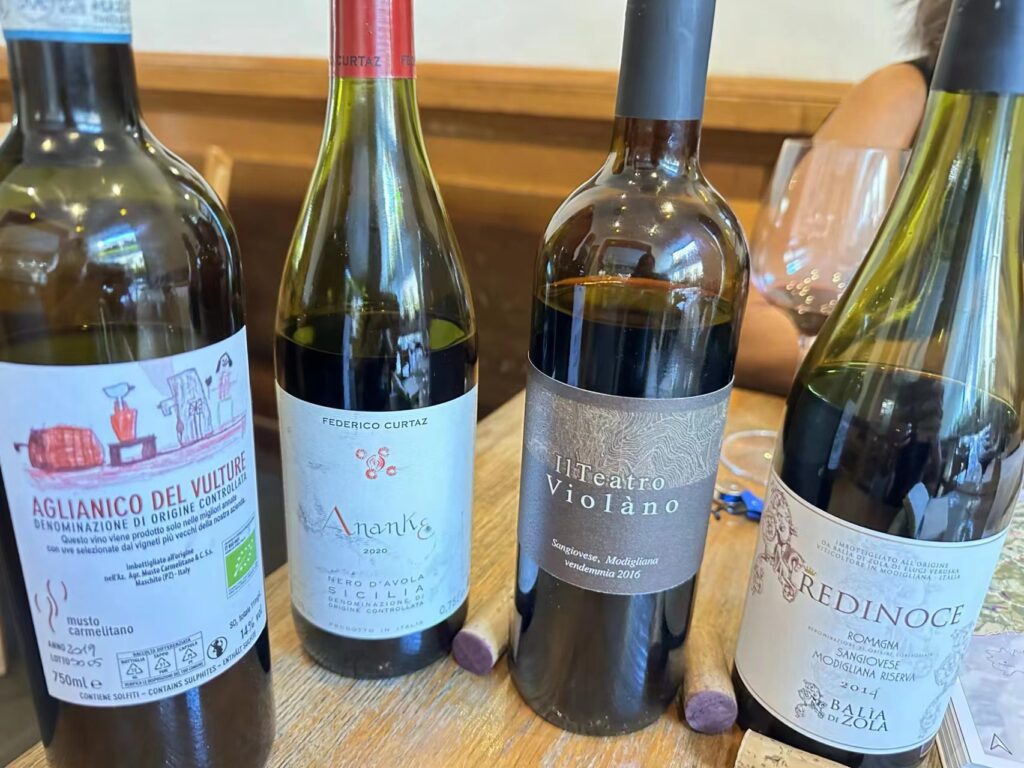
Silvano Follador 2022 Valdobbiadene Prosecco Superiore Extra Brut 94
I remember that when I first tasted Silvano Follador’s 2021 Prosecco earlier this year, the delicate bubbles, refreshing acidity, richness of the palate, and the very focused layers of flavour led me to believe that this was a white-on-white (Blanc de Blancs) Champagne, and I was surprised to learn that it was a Prosecco made by the Charmat method. Consequently, when I had the chance to drink the new vintage, 2022 (a relatively warm vintage at that), I was very interested, even very attentive to the changes and differences that the new vintage brought or might have brought to the wine’s style.
Pale lemon yellow with a delicate stream of fine bubbles rising. Powerful aromas on the pretty nose of white peach, jasmine and yellow lemon. In the mouth, the wine is thicker and creamier than 2021, and although it is an Extra Brut (residual sugar limit of only 6g /L), because of the natural sweetness of the ripe fruit flavours and bright but harmonious acidity, the finish is very well-balanced, clean and refreshing. A 100% Glera with sneaky levels of concentration, structure and power. Drinking Window: 2022-2027.
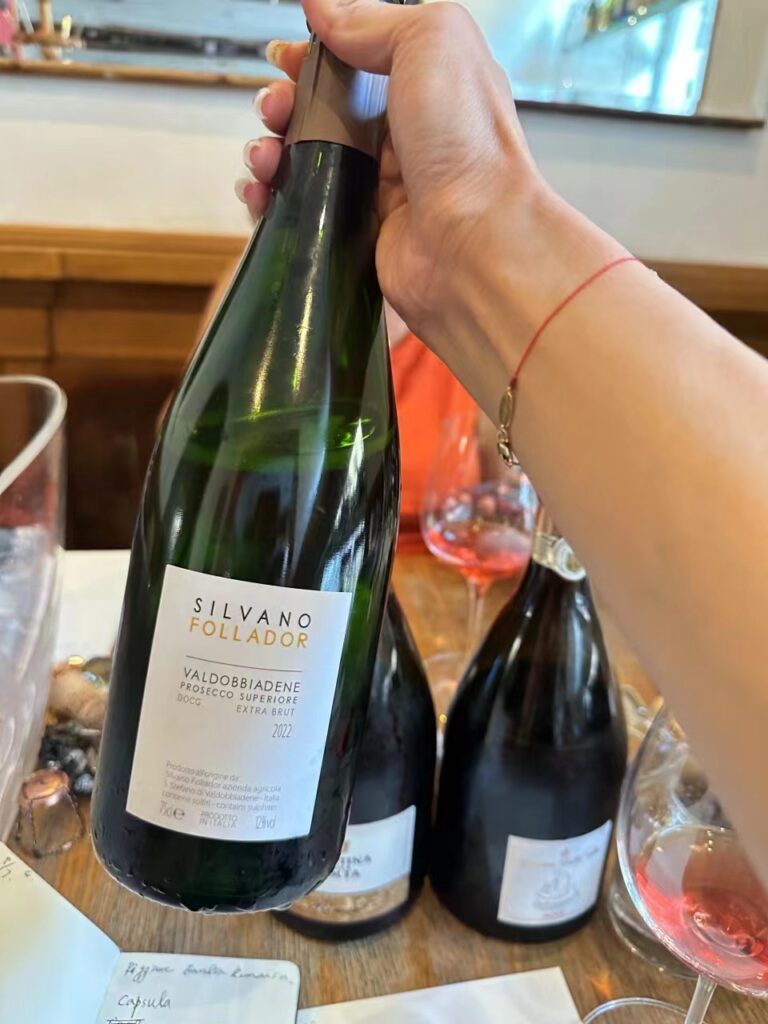
Il Teatro Violano 2016 Sangiovese Modigliana 93
Sangiovese is the most widely planted red grape variety in Italy, but it is also a terroir-expressionist, with a very different style of each wine from different denominations, terroirs and vinification processes. Sangiovese wines in Emilia Romagna’s Modigliana area have a legal requirement to be made with no less than 95% Sangiovese. And so it was nice to see this wine’s very pretty red colour. It’s a wine I had never had before so I was curious: it’s safe top say that pouring it in the glass and just looking ait its variety-appropriate colour put me in a good mood.
Ruby-red with pomegranate highlights. Attractive aromas of red fruits such as sour cherries, wild strawberries and dried roses. On the palate, there are aromas of dried fruits such as dried cranberries and wild berries, and as it warms up earthy, leafy, mineral notes are released, finishing long with sweet tobacco nuances and a hint of spiciness. Overall, this strikes me as a very classic, cool appellation-style Sangiovese, with a rich, elegant nose, classically dry on the palate, a body that is not too thick but not too lean either, and blessed by soft tannins. The average price of the 2016 vintage on various wine search motors is less than 20 Euros, which is really good value for money. Drinking Window: 2016-2026.
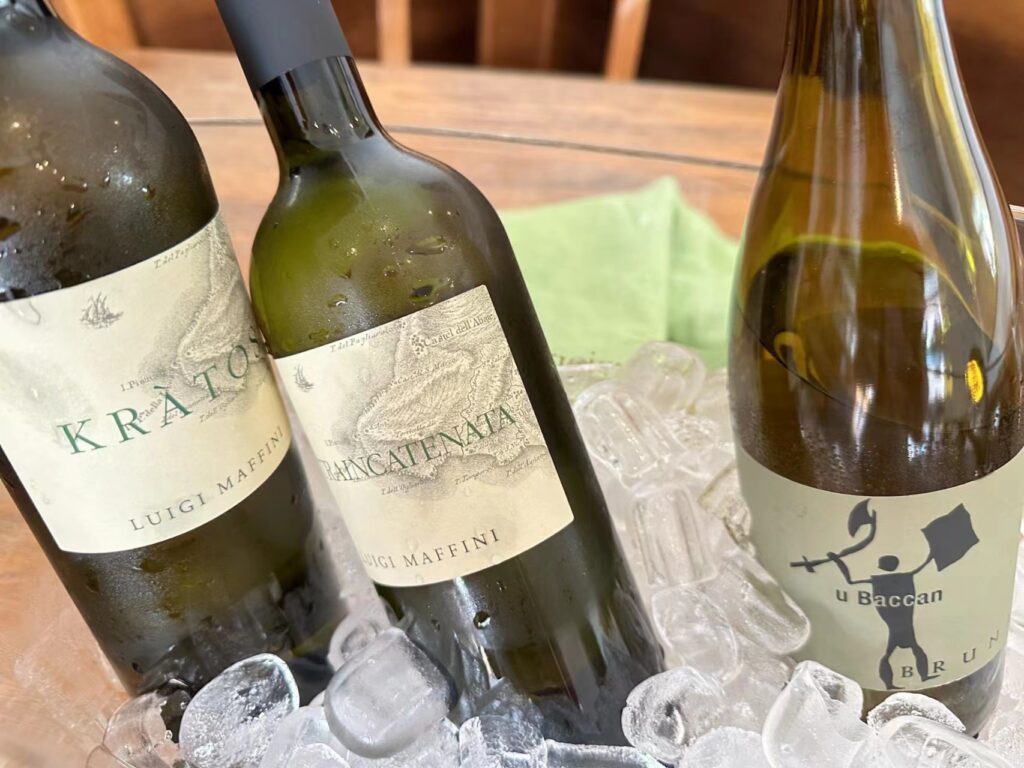
Maccario Dringenberg 2021 Rossese di Dolceacqua Luvaria 93
Beautiful light red colour. Rich aromas of raspberries, redcurrants and herbs on the inviting nose. Then boasts multilayered flavours of strawberries, violets and sage, plus a touch of spice, low tannic strength and a savoury minerality on the finish. The overall freshness and elegance of this wine, at only 13.5% alcohol, makes it so it’s not at all taxing to drink, which is a job well done in the face of today’s global warming phenomenons where alcohol sensations in wine are more often than not on the higher side of the scale. Made with the Rossese Di Dolceacqua Ligurian red grape variety, this is not to be confused with the also Ligurian Rossese di Campochiesa variety from which fewer wines are made (but those too are delicious). Drinking Window: 2021-2026.
La Colombera 2021 Timorasso Montino Derthona 92+
Bright lemon yellow colour. Fresh and pure aromas of lime, apricot and yellow flowers. In the mouth there is a brisk acidity nicely lifting ripe fruit flavours of yellow peaches, nutty almonds, and honey. Boasts a perfect combination of acidity and structure, with real complexity building on the long finish where a touch of minerality and a savoury note, pus the recognizably excellent ageing potential, reminded me of a high-quality drier-styled Alsatian Riesling. 100% Timorasso. Drinking Window: 2021-2035
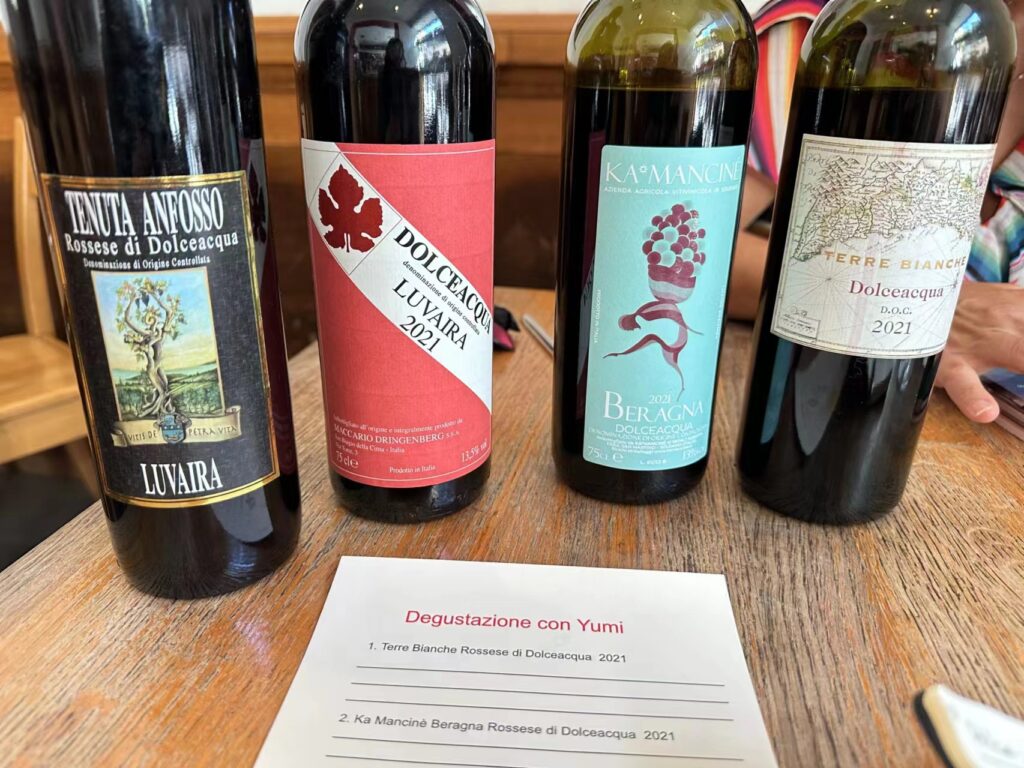

 中文
中文



